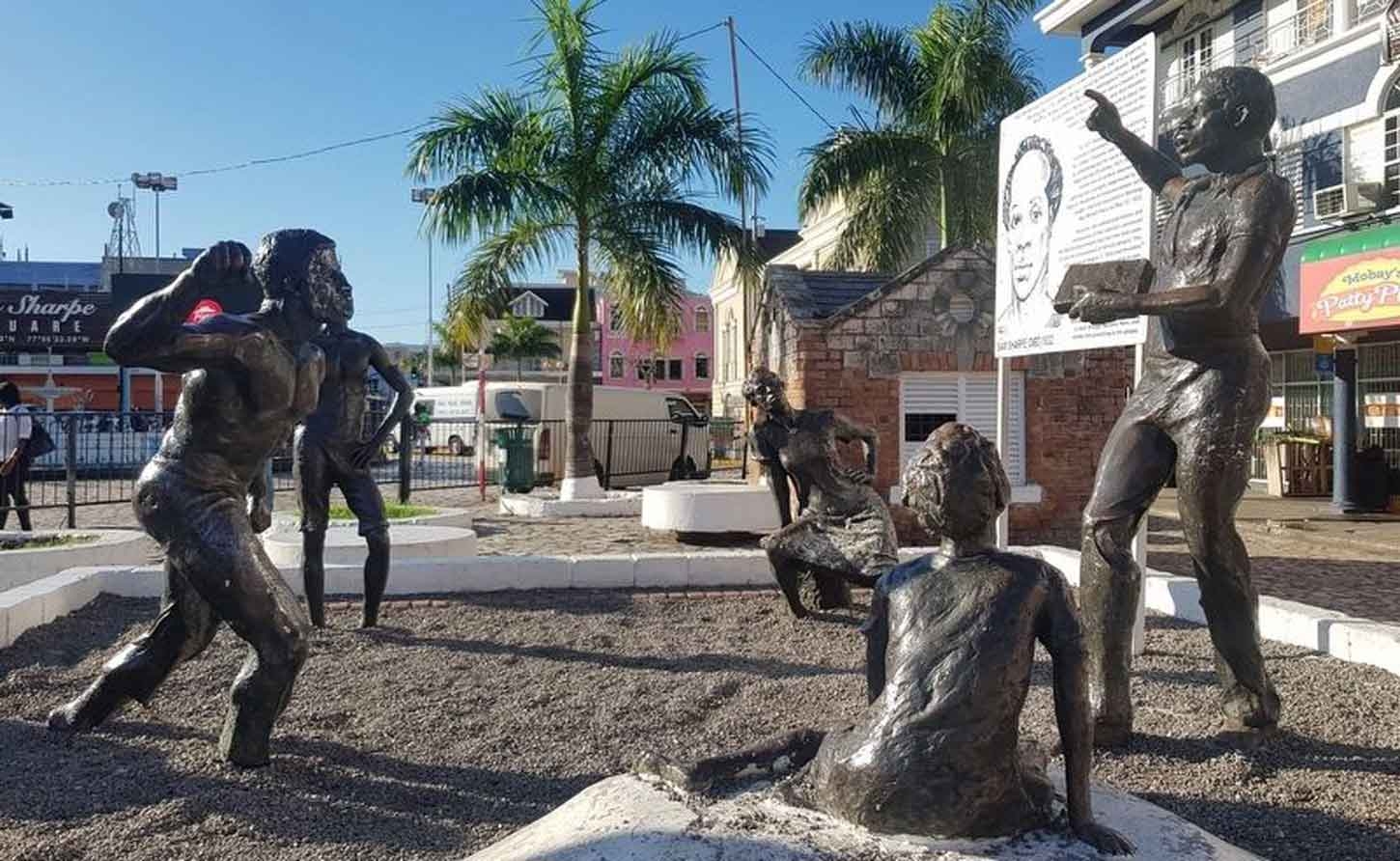JAMAICA | Sam Sharpe: A Revolutionary Who Lit The Torch of Freedom; Hanged May 23,1832

MONTEGO BAY, Jamaica, May 23, 2025 — One hundred and ninety-three years ago today, a defiant man stood on the gallows in what is now Sam Sharpe Square, his final words echoing through history: "I would rather die on yonder gallows than live one more day of slavery."
On May 23, 1832, Samuel Sharpe—soon to become one of Jamaica's National Heroes—was executed for daring to demand that enslaved workers be paid for their labor. His death marked not just the end of a revolutionary life, but the beginning of the end of slavery across the British Commonwealth.
Yet as Jamaica commemorates Labour Day today, honoring the workers who "built the nation brick by brick," a troubling question emerges: Have we truly completed the mission Sharpe died for, or has his elevation to National Hero status become what some scholars call "mere symbolism"?
The numbers tell a horrific story that contextualizes Sharpe's courage. Professor H. Orlando Patterson's research reveals that over 183 years, 5,731,302 enslaved Africans went "missing" in Jamaica by 1830—victims of what he terms physical mass genocide and ethnocide inflicted by white planters. This wasn't just about brutal labor; it was systematic extermination through deliberate demographic manipulation.
The planters' strategy was as calculated as it was cruel. Mass rape of enslaved women within months of their arrival led to widespread venereal disease, devastating their ability to bear children. When children were born, infant mortality soared. This ethnocide—cultural genocide through preventing births—aimed to break the spirit while breaking the bodies of Jamaica's enslaved population.
Into this hell stepped Sam Sharpe, a man who understood that freedom required more than hope—it demanded action. After Christmas 1831, enslaved workers in western Jamaica crafted what was perhaps the Caribbean's first organized labor strike. The plan was elegant in its simplicity: refuse to work until plantation owners committed to paying wages. If planters refused, violent resistance would follow.
When it became clear the planters wouldn't yield, the Kensington estate erupted in flames on December 27, 1831. That torch of freedom ignited a conflagration that spread like wildfire—Palmyra saluted to the East, Falmouth Trelawny responded. The Sam Sharpe War had begun.
The statistics are staggering: When the war started, Jamaica had 900 great houses. When it ended ten days later, only 15 remained. This wasn't mere rebellion—it was revolution that shattered the West India Lobby's propaganda that slaves were content with their bondage.
The impact reverberated across the Atlantic. A petition from terrified enslavers to the Jamaica House of Assembly described the uprising as "unparalleled in the history of the colony" for its "depth of design" and the "extent of misery and ruin" it brought to their wealth. That "misery and ruin" was freedom knocking at empire's door.
The legacy proved unstoppable. Sharpe's war directly precipitated the historic vote in Britain's House of Commons in August 1833, leading to the Slave Emancipation Act—the beginning of slavery's end throughout the British Commonwealth.
But here lies the uncomfortable truth that Professor Verene A. Shepherd, head of the Centre for Reparation Research at UWI Mona, forces us to confront. She argues that Jamaica's calls for republican government over monarchy are seen as "mere symbolism rather than a final act of emancipation."
Shepherd's challenge cuts deep: It's time to lose our "intellectual timidity" and complete our ancestors' mission—"otherwise it would appear as if Daddy Sharpe and his army of revolutionaries died in vain."
Today, as Jamaica honors its workers, Sharpe's gallows testimony demands more than ceremonial remembrance. His sacrifice asks whether we've truly built the nation he envisioned, or whether we're still living in the shadows of the empire he died fighting.
The torch of freedom Sharpe lit at Kensington still burns. The question is whether we have the courage to carry it to its intended destination.
-30-

 En
En  Ar
Ar